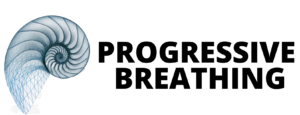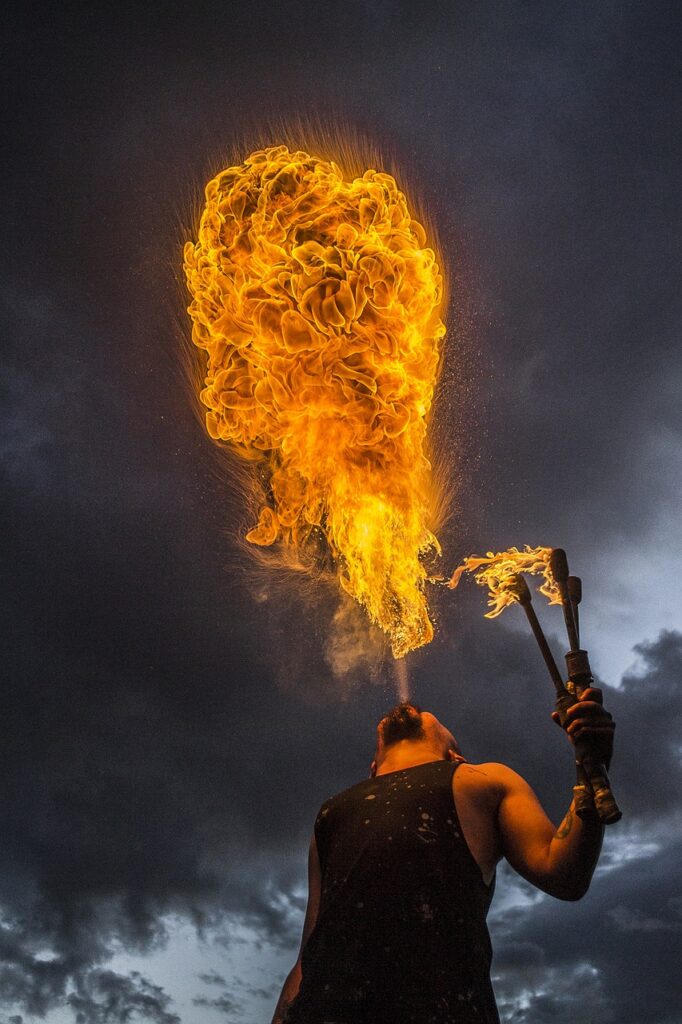Risks Associated with Holotropic Breathing
Holotropic breathing, developed in the 1970s by Dr. Stanislav Grof, induces altered states of consciousness through rapid, intense breathing. However, this practice can trigger significant physiological responses, some of which may be harmful, especially when not properly understood or monitored. One of the most noticeable physical reactions is the curling of fingers and toes, often accompanied by other signs of physical stress.
Finger and Toe Curling: A Survival Response
The curling of fingers and toes during holotropic breathing can be seen as a survival mechanism. When the body perceives extreme stress—such as that induced by rapid, deep breathing—the autonomic nervous system may respond by pulling blood away from the extremities and redirecting it to vital organs like the brain and heart. This process, known as vasoconstriction, is aimed at preserving the function of critical organs during perceived threats.
As blood is redirected, the extremities receive less oxygen and nutrients, leading to muscle cramping or tetany, which causes involuntary curling of the fingers and toes. This response indicates that the body is in a heightened state of stress, often associated with the fight-or-flight response. While this reaction may be temporary, repeated or prolonged episodes can place strain on the cardiovascular system and contribute to long-term stress-related health issues.
Dangers of Rapid Mouth Breathing
Holotropic breathing usually involves fast-paced inhalation and exhalation through the mouth, bypassing the natural filtration and humidification processes that occur during nasal breathing. This can lead to several concerning physiological effects:
Inhalation of Harmful Toxins: The nose acts as a natural filter, trapping dust, pollutants, and pathogens before they reach the lungs. Mouth breathing allows these harmful particles to enter the lungs directly, increasing the risk of respiratory infections and other lung-related conditions.
Lack of Humidification and Temperature Regulation: Nasal passages play a crucial role in humidifying and warming the air before it enters the lungs. When breathing through the mouth, the air is often cooler and drier, which can irritate the respiratory system and exacerbate conditions like asthma or bronchitis. The lack of proper air humidification can also lead to dehydration of the airway linings, reducing their ability to function effectively.
Reduced Nitric Oxide Production: Nasal breathing promotes the production of nitric oxide, a molecule that helps dilate blood vessels, improve blood flow, and enhance oxygen delivery throughout the body. Nitric oxide also has antimicrobial properties, aiding in the defense against respiratory pathogens. Mouth breathing reduces nitric oxide production, leading to decreased oxygenation and potentially increasing the risk of infection.
Impact on Cerebrospinal Fluid Flow and Internal Energy Circuits
Cerebrospinal fluid (CSF) protects and nourishes the brain and spinal cord. The flow of CSF is closely linked to breathing patterns. Slow, deep nasal breathing supports the rhythmic flow of this vital fluid, which is essential for maintaining neurological health. Rapid, shallow mouth breathing can disrupt this flow, potentially leading to neurological imbalances and impaired cognitive function.
Holotropic breathing can also disrupt the internal energy circuits within the body, particularly those associated with the microcosmic orbit in Daoist and Qi-Gong traditions. This energy circuit, involving the circulation of life force energy (Qi) through key meridians, can be disrupted by improper breathing techniques. The displacement of the tongue and jaw during holotropic breathing can sever the energy connection typically maintained by proper tongue placement against the roof of the mouth (Kechari Mudra). This further hinders the smooth flow of energy through the body’s internal pathways.
Displacement of the Tongue and Jaw
During holotropic breathing, the intensity and rapid pace can lead to a misalignment of the tongue and jaw. The tongue may lose its natural position against the roof of the mouth, essential for maintaining the internal energy circuit and ensuring proper alignment of the cranial bones. Displacement of the tongue and jaw can contribute to tension in the neck and head, further exacerbating the stress response and potentially leading to headaches or migraines.
Why Nasal Breathing is a better Alternative
While holotropic breathing may offer some individuals profound experiences or emotional release, it is crucial to recognize the potential dangers associated with this intense practice. The body’s response to rapid breathing—including curling of fingers and toes, inhalation of unfiltered air, and disruption of vital physiological processes—signals that it is under significant stress. Alternatives like slow, deep rhythmic nasal breathing provide a safer approach. Promoting relaxation, enhancing oxygenation, and supporting overall health without the risks associated with holotropic techniques. Understanding these effects helps individuals make informed choices about their breathwork practices, prioritizing safety and well-being



